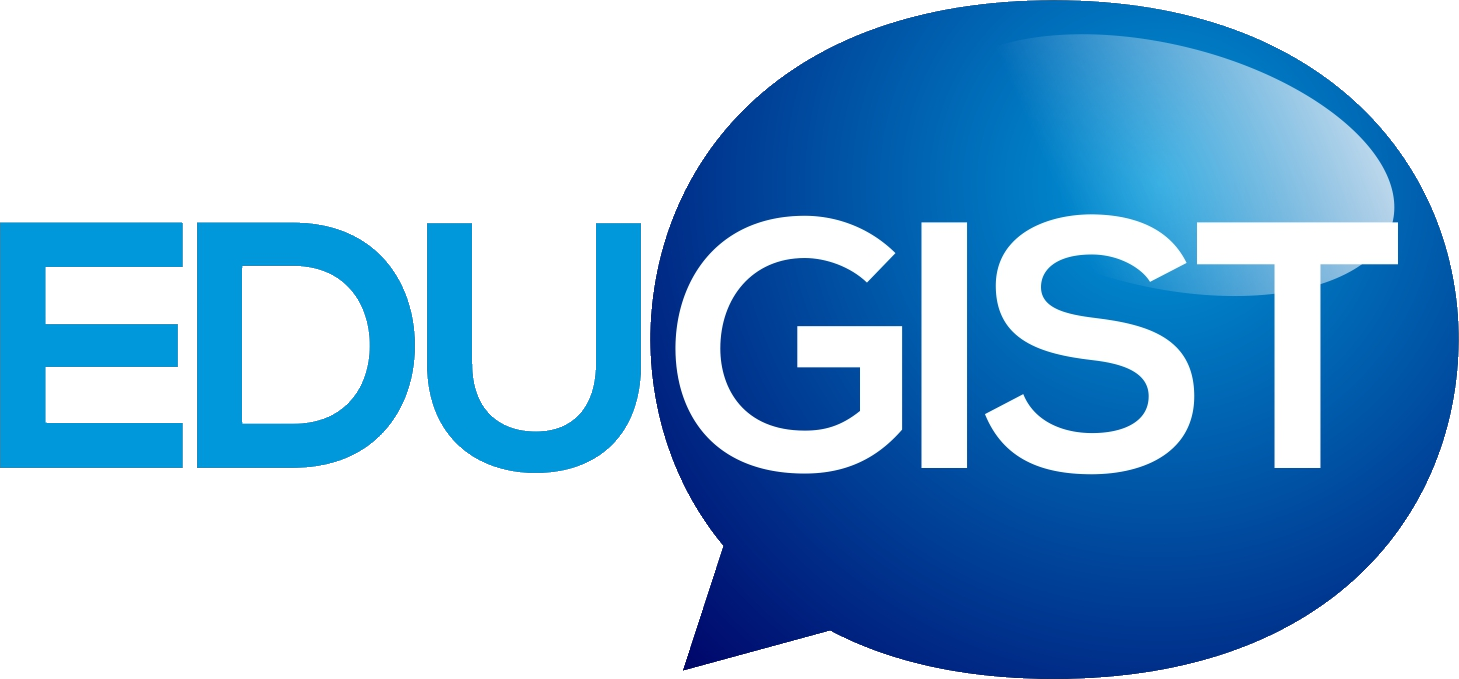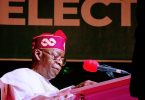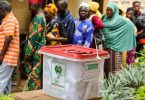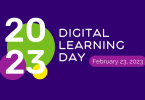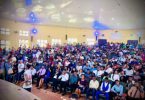written by Yusuf Akinpelu
Of all the women in the world Oprah Winfrey is a standout. She is a perfect blend of the beauty and brain. Hers is the validation of the fact that the DNA of women is not wired to be an intellectual vegetable nor are her hands veined only to chop vegetables. But rather, when placed in the equation of equal access to education with her male counterpart, a woman can hold her own. Not only is she a living testimony to the fact that education makes a mind that knows, she is a life sample of the Midas touch with which education mends a broken heart. This Touch was the torch with which she earned herself and carved a name for herself in the Media profession. So much that Time Magazine of August 8, 1988 wrote this about her: “Few people would have bet on Oprah Winfrey’s swift rise to host of the most popular talk show on TV. In a field dominated by white males, she is a black female of ample bulk. As interviewers go, she is no match for, say, Phil Donahue… What she lacks in journalistic toughness, she makes up for in plainspoken curiosity, robust humour and, above all empathy. Guests with sad stories to tell are apt to rouse a tear in Oprah’s eye… They, in turn, often find themselves revealing things they would not imagine telling anyone, much less a national TV audience. It is the talk show as a group therapy session.”
The Time’s narrative beautifully reveals the sad tales being told by the female gender. It is a revelation to the fact that Oprah, like her guests, and every other woman around the world, has had a sad story or the other to tell. Veiled behind these stories are the cases of all gender-related crimes and many other challenges besieging the girl child. It therefore becomes essential for us to know what we grappling with and battling with. Doing so would lead us seek a breakaway from the challenges of the woman.
This breakaway which we seek, and must continuously seek, is, however, deeply rooted in a hydra that sucks the lifeblood of the female gender. This hydra is the unequal access to education. And if we must alter this story we must reverse this trend. Because by allowing equal distribution of education be the bedrock upon which the society is erected, we are one step ahead in laying the foundation of the society of our dream. Without aiming at education as a panacea aimed as bettering the lot of the girl child – and by extension the world – we are only erecting a castle in the air with the bricks of hallucination.
How grave is this trend?
In spite of the stipulated recommendations in the sections 18(1) and 42(2) of her Constitution, which guarantee the equal right to education, Nigerian females are still groping in the darkness of unequal education. In fact, despite having ratified the African Charter on Human and People’s Rights, which provides that every individual shall have access to education, in 1990, a wide dichotomy still exists between the male and female population of the nation. Even though the Education 2030 Framework for Action, SDG 4 aims to ‘Ensure inclusive and equitable quality education and promote lifelong learning opportunities for all’ and SDG 5 to ‘Achieve gender equality and empower all women and girls,’ the female population of our dear nation is still left to believe that education is not a tool fashioned for the girl child.
Nigeria joined others around the world on October 11 to celebrate the Girl Child Day. But the sad reality is that our brains are still engineered on the motherboard of primitive stereotypes and hackneyed beliefs. Here, the woman is still viewed as a candidate not fit for admission to the classroom, but rather a material good for no other place than the other room. To further paint the picture in the worst of colours, in this part of the world, women are mirrored as nothing but sex butterfly.
How factual are these claims it might be queried. Frankly speaking, according to the World Bank, the female adult literacy rate for the country is 59.4%, a far cry from the 74.4% for males. The Central Bank of Nigeria took it a step further by establishing that the gender gap in literacy rates between boys and girls is 18.3% in favour of boys. Up north of the country is sour story. 80% of women in the northeast and northwest are illiterates. In fact, the proportion of girls to boys in school ranges from 1 girl to 2 boys and even 1 to 3 in some states. It is as bad as that.
Why are we here?
Even though the breeze of civilization has been blowing back and forth on our land, we are yet to detach our minds from some poor and primitive traditional beliefs about educating a woman. And like a deep scar that has refused to go, our thoughts have continued to be home to these beliefs. And until we are saved from this cognition trap, the girl child has no hope of been saved from this hydra-headed monster haunting her. And if we do not crush this trap, the world at large – part of which the boy child is – would know no joy. After all, the word ‘woman’ is incomplete without the word ‘man’ – the former is a function of latter.
Poverty is another unsubsidized fuel fuelling this wildfire. Poverty in the land is eminent and profound. Hardly can families make ends meet. In the bid to make ends meet, some meet their end. And if education ever comes as an option in such families, the boy child ranks top of the scale of preference. It is this same impoverishment in the land that has continuously burdened the neck of children with the role of bread winners even though are not of weaning age. This, just to augment the paltry peanuts their parents earn. Therefore, education is eliminated from the equation.
How can we balance the equation?
First, we need to discover the origin from which this problem took its source. Discovering this has revealed that the imbalance in the equation has its root in our minds. So we need to unsheathe our minds from the way we view the girl child. The cognition trap under which the mind of the people is entangled needs to be unstrap. The flat view of seeing the woman as only one thing needs our collective reorientation. We can achieve detaching the mind of the people from this static cling by embarking on orientation programmes and campaigns which would be available for people of all class, age, demography, status and tribe. Such campaigns as #BuildUpGirls, Education for All (EDA) and #OneBookOnePen, which are currently afoot, are where we can key in and fashion our own template.
To obey this clarion call, religious organisations, media outfits, governmental and nongovernmental organisation have a key role to play. Religious organisations, which have proved to be the solace of the people, need to put the records right by preaching what is right about the girl child. Likewise, media outfits would aid this course by airing educative and enlightening programmes, sensitizing jingles to help orientate the public about the education – this time not only to the girl child but the male child. Also, depiction of females as the sight of attraction on screens and in adverts needs reconsideration and revisit.
In addition, the place of finance is irreplaceable. Giving education a financial shot in the arm is equally of high importance. Aside meeting the UNESCO recommendation of “26% budgetary allocation to education”, we also need to make education as available as air to all, especially the poor. Grants, scholarships schemes and subsidy should be made available and targeted at the girl child to promote their tendency of seeking education.
Rwanda, a tiny east African country, understands this well as government in the country have pulled the bull by the horn by investing ‘hugely in expanding capacity and teaching infrastructure at public schools across the country; introduced the school feeding programme and abolished school fees.’ Currently in Rwanda, government-owned schools have become affordable, preferable and reliable. It took a twelve-year basic education policy in getting this underway. But the poser is: are we ready to make a move?
To add, the rural dwellers are mostly disadvantaged to have access to education. And because farming is their major profession, girls are deprived of going to school since they are needed in child bearing to produce large families. Therefore, aside the introduction of mechanised farming through trained agricultural extension farmers to rural areas, schools should be situated in rural areas; and the girl child should be availed the opportunity of being admitted.
Ensuring the girl child is educated is one brilliant solution to the many problems bedevilling the female gender. Ensuring the girl child is educated is bidding farewell to gender discrimination, societal stereotype, sexual molestation, child and maternal mortality rate, domestic violence, prostitution and poverty which have been preying on her for years. Educating her is also gifting the boy-child a suitable environment to thrive. And together, they can build a harmonious society.
Bearing this in mind, I believe might have pushed the former United Nations Secretary General, Dr Kofi Anan, to submit thus: “Literacy is a bridge from misery to hope. It is a basic tool for daily life in modern society. It is a wall against poverty, and a building block of development. Literacy is a vehicle for the promotion of cultural and national identity”.
In conclusion, Prophet Muhammad hit the chord when he said that educating the boy-child is educating a man; and educating a girl child is educating a nation. Judging from this, we can say, the girl child deserves the preferential access to education. Educating her is educating her children. This is because she is the first school of her child. Once her child has been armoured with her knowledge, the child goes on to exhibit such knowledge to the larger society. As a result, other children are influenced. On and on the cycle continues. It all boils down to a simple logic. Leaving the girl child uneducated would lead the nation to suffer. Educating the girl child would make the nation to prosper.
REFERNCES
CIA World Factbok 2015. Retrieved from world.bymap.org/literacyrates.html
Education and Gender Equity. Retrieved from
http://en.unesco.org/themes/education-and-gender-equality
National Bureau of Statistics (2016).
Unemployment/Underemployment Report Q3 2016 P.8
The Nation, September 4, 2015. Tayo Ogunbiyi:
Combating illiteracy in Nigeria. Retrieved from
The PageNG, September 1, 2017. Akínpѐlú Yūsuf: Restructure education to restructure the nation”.
The Transverse, April 1 2017. Kunle Adebajo: Educate the Girl that the State Might Be Well.
Time Magazine, August 8, 1988. “Oprah Winfrey: Lady with a Calling,” . Accessed September 17, 2010.
UNESCO Report 2016. Retrieved from http://en.unesco.org/education2030-sdg
Vanguard, September 21, 2017. Tony: Illiteracy rate in Nigeria alarming – FG . Retrieved from
http://www.vanguardngr.com/2017/09/Illiteracy-rate-in-Nigeria-alarming-fg
World Education: Girl and Woman Education. Available via http://www.worldedu.org
Zachary Shore, Blunder: Why Smart People Make Bad Decisions (New York: Bloomsbury, 2008)
